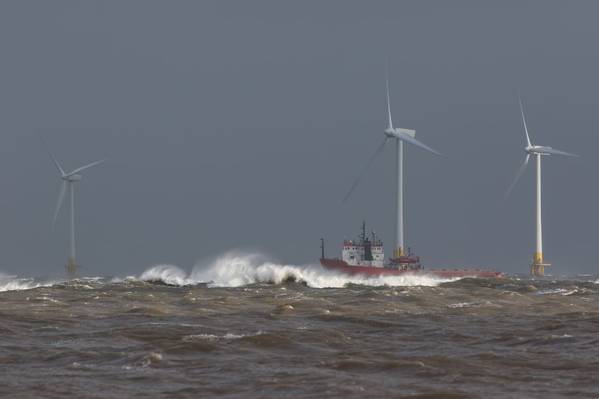
Fast-growing offshore windfarms expect low carbon service operations by support vessels, but supplying and handling biofuels is a challenge and the development of ammonia and hydrogen-powered vessels still has a long way to go, ship fuel broker and trader LQM Petroleum Services said.
The global offshore wind industry continues to balloon, adding 6.1 GW capacity in 2019 and has continued to grow through the Covid-19 pandemic, the company reminded.
"In Europe the sector has now reached a scale and size where the operational and contractual complexities are comparable to northern European oil and gas projects. The market primed for take-off in the Asia Pacific region and significant projects off the US coasts are coming onstream.
The pressure is now on the owners and operators of support vessels who play a critical role in the supply chain is to reduce emissions and ensure vessel reliability for the environmentally sensitive wind farm operators, LQM says.
At an LQM webinar held last week on the offshore bunker markets, panelists including a bunker vessel operator, ship agent, and bunker trader discussed the challenges of safe ship-to-ship transfers, the future fuel mix, and the difficulties facing smaller bunker traders to supply reliable lines of credit to customers.
Ammonia, along with methanol, hydrogen fuel cells and batteries all have the potential to play their part in the powering of marine engines - but in the short term oil-price volatility could cause headaches for bunker buyers.
“Biofuels and LNG are the leading lower carbon choices at the moment,” said LQM broker James Hoffman, “I think the future will be a combination of green-tech and alternative fuels. There's no definitive silver bullet to this problem, rather more of a silver buckshot.”
Currently, LQM says, biodiesel enables vessel operators to reduce their carbon footprint by 20-30% without the need for engine modifications. However, the veg-oil derived fuel needs to be stored carefully, is easily contaminated and throws up challenges of lubricity and its flow properties need monitoring.
“We are able to source biofuel supply, but there isn’t as much availability as there is for gas oil, so we need to plan ahead.” said James Hoffman.
According to LQM Chief Executive Daniel Rose, the banking industry is “falling out of love with the bunker sector.”
However, he noted that the provision of credit for bunkers was one of LQM’s key value propositions but that a number of smaller bunker traders were exiting the sector.